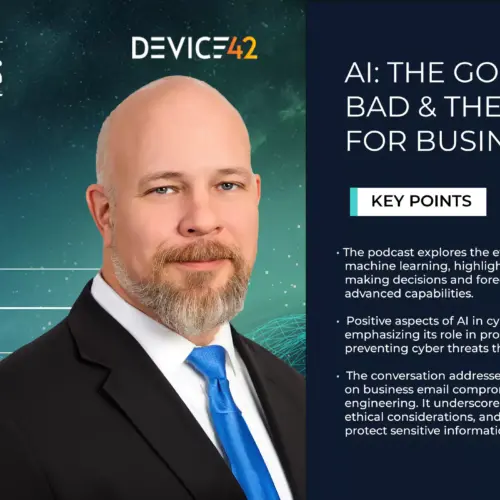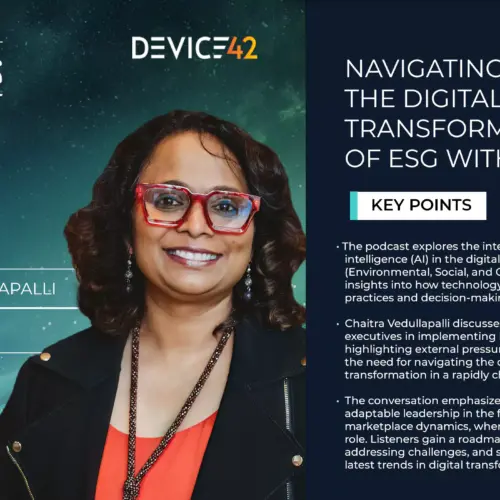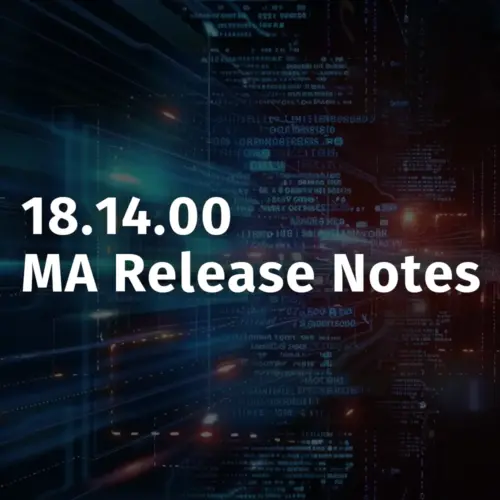The DevOps philosophy was supposed to take the world by storm. Although the concept itself is popular, many companies appear to have failed on execution. According to the 2018 State of DevOps report released by Google Cloud, the best way to incorporate a top-performing DevOps organization is to hire a DevOps as a Service organization to perform implementation and training.
Hiring a consultant doesn’t seem like the most transformative way to reimagine the relationship between IT and development, but other organizations are having worse luck. Almost 80% of companies say that they’re having difficulty merging these aspects of their organization.
People are messy. It’s difficult for them to cooperate, and hard for them to manage complicated environments – much less weld two complex environments together. Instead of trying to align two organizations and all the infrastructure that they bring to the table, the future of DevOps might be best served by taking humans mostly out of the loop. Increasingly, the future of DevOps is going to look like AIOps.
What’s Wrong with DevOps Right Now?
The original DevOps philosophy stated that in order to reconcile the increasingly complicated processes of development and IT management, the two disciplines needed to support one another. IT would help create test environments and push updates to production, while development should test their applications on iterations of the existing IT infrastructure, all in the interest of faster and more stable releases. Fundamental tenets of the DevOps workflow include:
- Infrastructure as code
- Consistent, automated code testing
- Automated production pipeline
- Shared environments for development, test, and production
These are supposed to usher in a world in which developers can self-checkout their own test environments and engineers can create their own virtual network segments with just a click of the mouse.
In practice, this freedom can cause more problems than it solves. Sure, developers can create vast test environments with ease – but that also gives them the freedom to never shut them down when they’re finished with them, causing a drain on resources. Engineers can create complicated virtual networks – which then cause bottlenecks because only two people in the organization now know what the network diagram is supposed to look like.
Can Machines Make This Any Better?
Adding AI to operations does two things: First, it eliminates the remaining manual processes that stand between DevOps and total automation. Second, it imposes practical limits on DevOps for the sake of simplicity, security, and compliance.
Concepts like composable infrastructure are pushing us closer to the point where engineering doesn’t need to get its hands dirty when providing service. Instead of manually pulling together storage, compute, and networking resources to create a new VM array, for example, composable infrastructure platforms deliver those resources on request, in the exact amount required.
When the engineer is done with the environment, the infrastructure automatically closes the array, stores its contents, and diverts the compute and storage resources elsewhere. At no point does the network develop an additional wrinkle, and at no point does the environment hog resources for longer than they’re needed.
In addition to helping create simplicity and conserve resources, automated infrastructure acts as a policy engine that can enforce best practices. Back in the early days of DevOps, practitioners often took a cavalier approach to security, pushing out new releases with more of an eye to speed. Using more rigorous automated testing and remediation, AI-enabled workflows can reject releases that contain security flaws and roll back environmental changes that may compromise security.
Building a Roadmap to AIOps
AIOps sounds cool – how do we get there?
Gartner defines AIOps as three primary components: real time analytics, automation, and machine learning. Simply putting these components together is not going to result in an AIOps platform that works for you, however. You need a foundation.
For example, real time analytics needs a steady stream of data. Where are you getting that data from? If you’re serious about automating your entire infrastructure, you need to know where all your infrastructure is and how it’s connected. In other words, creating an AIOps platform means first establishing a thorough and continuous audit of your entire hardware and application infrastructure.
That’s where Device42 comes in. Our solution can thoroughly audit your data center and map your applications, providing a detailed picture of your existing infrastructure, its connectivity, and its dependencies. Using this information, you can establish a springboard for your next digital transformation – streaming real-time data from your connected devices to establish a platform for analytics, action, remediation, and more. To get started, contact Device42 today.



